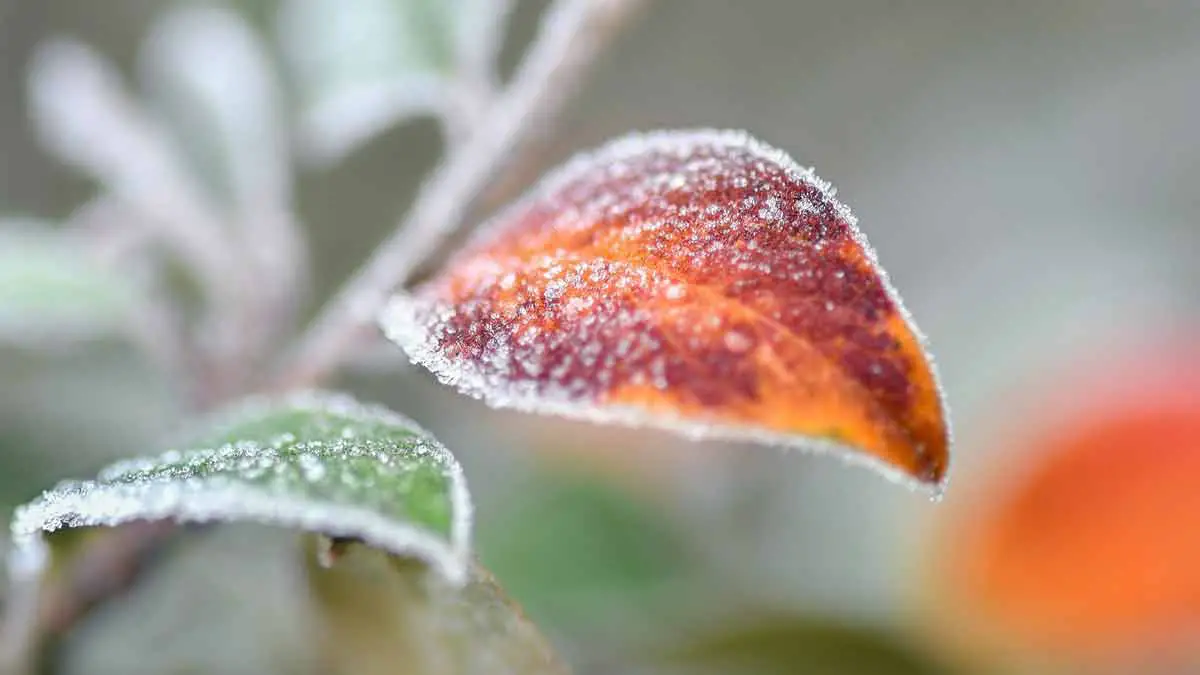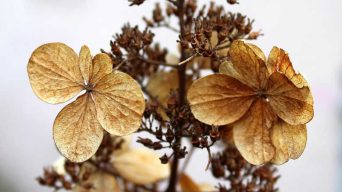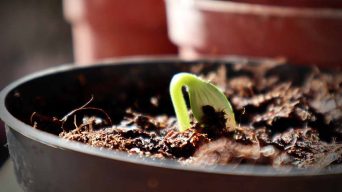Houseplants prefer temperatures between 65-75°F during the day and about 60-68°F at night. Temperatures below 50°F can cause problems for many plants, and some can’t handle temperatures below 10 degrees at all. Tropical varieties like palms and bromeliads are particularly vulnerable to cold temperatures.
Houseplants are a great way to bring a touch of nature into your home, but just like outdoor plants, they have specific environmental needs to thrive.
One of the most important factors to consider is temperature.
While some houseplants can tolerate a range of temperatures, others are more sensitive and can suffer damage or even die if exposed to extreme cold.
So, how cold is too cold for houseplants? The answer depends on the type of plant and its natural habitat.
Some plants, such as succulents and cacti, adapt to hot and dry environments and tolerate lower temperatures.
In contrast, others, such as tropical plants, need warm and humid conditions to survive.
To ensure your indoor plants stay healthy and happy, it’s essential to understand their temperature preferences and take appropriate measures to protect them from extreme cold.
In this article, we’ll explore the ideal temperature range for common houseplants, signs of cold stress to watch out for, and tips on how to keep your indoor plants warm during the winter months.
Ideal Temperature Range for Houseplants
When it comes to houseplants, the temperature is an important factor to consider.
Different plants have different temperature preferences, but most houseplants thrive between 65-75°F (18-24°C) during the day and 60-68°F (15-20°C) at night.
However, some plants can tolerate much colder temperatures, while others need warmer temperatures to grow.
Here are some temperature guidelines for common houseplants:
- Tropical plants: These plants prefer warm temperatures between 70-80°F (21-27°C) during the day and 65-70°F (18-21°C) at night.
- Cacti and succulents: These plants can tolerate cooler temperatures between 50-60°F (10-15°C) at night but prefer warmer temperatures between 70-80°F (21-27°C) during the day.
- Ferns: These plants prefer cooler temperatures between 60-70°F (15-21°C) during the day and 50-60°F (10-15°C) at night.
- Begonias: These plants are sensitive to cold weather and can be damaged by temperatures below 13°F (-10°C).
It’s important to note that sudden temperature changes can also harm houseplants.
Avoid placing plants near drafty windows or doors, and keep them away from heating or cooling vents.
If you need to move a plant to a different location, do so gradually over several days to allow the plant to acclimate to the new temperature and humidity level.
Houseplants That Can Tolerate Cold Temperatures
Many houseplants are sensitive to low temperatures and can suffer cold damage or die if exposed to them.
However, some houseplants can tolerate cooler temperatures and even thrive in them.
Here are a few examples:
- Snake Plant (Sansevieria): This plant is an excellent choice for those who want a low-maintenance houseplant that can handle a lower temperature. It can survive in temperatures as low as 50 degrees Fahrenheit and handle low light and dry soil.
- Dracaena Marginata: This plant can easily handle lower temperatures and has a cold hardiness USDA zone of 10-12. It is easy to grow and can generally hold an additional 10 degrees lower than the Massangeana variety.
- Christmas Cactus: This plant is beautiful and perfect for those who want an indoor plant that can handle cold temperatures. It can tolerate temperatures as low as 50 degrees Fahrenheit and blooms close to Christmas time.
- ZZ Plant (Zamioculcas zamiifolia): This plant is known for its high cold tolerance and can withstand heat and cold temperatures. It is easy to grow and has green oval-shaped, shiny leaves.
It is important to note that while these plants can tolerate cooler temperatures, they still need proper care and attention to thrive.
Ensure they have adequate light, water, and nutrients, and avoid exposing them to extreme temperatures or drafts.
Signs That Your Indoor Plants Are Too Cold
Just like humans, plants have their own temperature preferences.
Houseplants may show signs of distress when the temperature drops below their preferred range.
Here are some common signs that your houseplants are too cold:
- Curling leaves: One of the most common signs that your plant is too cold is when its leaves start to curl under. This is the plant’s way of protecting itself from the cold.
- Discolored leaves: If your plant’s leaves start turning yellow or brown, it may be a sign that it is too cold. A freezing temperature can damage the plant cells and cause discoloration.
- Wilting: If your plant is wilting, it may be a sign that it is too cold. Cold temperatures can slow down the plant’s metabolic processes, making it difficult to absorb water and nutrients.
- Structural damage: If your plant’s stems or branches start to droop or become brittle, it may be a sign that the plant is too cold. Cold temperatures can damage the plant’s structural integrity and cause it to become weak and susceptible to breakage.
If you notice any of these signs, it’s crucial to take action to protect your houseplants from the cold.
By keeping your houseplants within their preferred temperature range, you can help ensure that they stay healthy and thrive.
Tips for Protecting Houseplants from Cold Temperatures
When the temperature drops, it can be challenging to keep your houseplants healthy.
Here are some tips to protect your plants from cold temperatures:
- Avoid placing your houseplants near drafty windows or doors. Cold air can quickly damage your houseplants.
- Place your plants in the warmest part of your home. South-facing windows are ideal because they receive the most sunlight.
- Keep the temperature in your home above 60°F (15°C). Most houseplants can tolerate temperatures between 60°F and 75°F (15°C and 24°C).
- Use a space heater to maintain a consistent temperature in the room where your plants are located. Follow the manufacturer’s instructions and never leave a space heater unattended.
- Water your plants sparingly during the winter months. Overwatering can cause root rot, which can be fatal to your plants.
- Consider using a humidifier to increase the humidity in the room. Dry air can cause your plants to wilt and lose their leaves.
- Provide supplemental lighting if necessary. If your plants are not receiving enough natural light, you may need to use grow lights to keep them healthy.
By following these tips, you can help your indoor plants survive the cold winter months and thrive all year round.
Final Thoughts
Houseplants can be a great addition to any home. Still, it’s essential to understand their temperature requirements to keep them healthy.
While some plants are more tolerant of cold temperatures than others, keeping them in an environment between 60 and 75 degrees Fahrenheit is generally best.
If you live in an area with cold winters, keep your plants away from drafty windows and doors. Consider using a humidifier to keep the air moist.
If you need to move your plants to a cooler room or area during winter, be sure to acclimate them slowly to prevent shock.
Remember that not all plants are created equal; some may be more sensitive to cold temperatures than others.
If you’re unsure about a specific plant’s temperature requirements, consult a gardening expert or do some research to ensure you’re providing the best possible care for your green friends.







